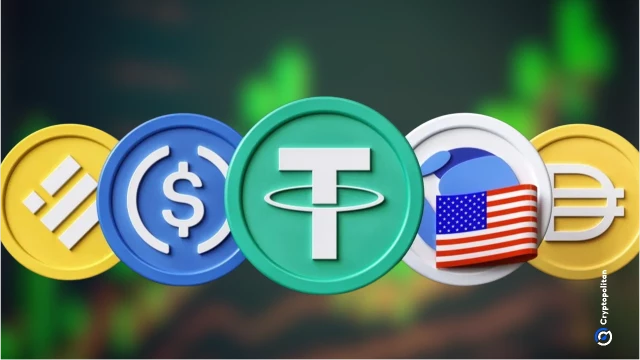
Stablecoin yield Drives Disruption of the Tether/Circle Duopoly
Stablecoin yield Drives Disruption of the Tether/Circle Duopoly

Stablecoin yield is reshaping markets as issuers chase returns, challenging the duopoly and forcing exchanges and investors to rethink incentives and risk. Because returns matter. For years, a tight pair of issuers dominated transaction liquidity and reserves. However, economic incentives from yield-bearing products are changing behavior. In practice, capital allocation decisions are increasingly driven by net return expectations rather than settlement convenience alone.
Article Summary
**Stablecoin Market Disruption: Yield-Bearing Tokens Challenge Tether and Circle Dominance** The cryptocurrency landscape is witnessing a significant shift as stablecoin yield opportunities disrupt the longstanding Tether (USDT) and Circle (USDC) duopoly. This market transformation is driven by yield-bearing stablecoin products that offer attractive returns, fundamentally changing how investors and cryptocurrency exchanges approach digital asset allocation strategies. Traditional stablecoin dominance, built primarily on transaction liquidity and settlement convenience, now faces competition from DeFi protocols offering yield generation. These blockchain-based financial instruments are reshaping capital allocation decisions across the cryptocurrency ecosystem, as investors prioritize net return expectations over mere transaction efficiency. The disruption extends beyond individual investor preferences, forcing major cryptocurrency exchanges to reconsider their stablecoin partnerships and liquidity incentives. This shift toward yield-focused stablecoins represents a broader evolution in decentralized finance (DeFi), where Bitcoin and altcoin traders increasingly seek passive income opportunities through their dollar-pegged holdings. As yield-bearing stablecoins gain traction, the cryptocurrency market may see further fragmentation of stablecoin market share, potentially reducing the concentration of power among established issuers and creating new opportunities for innovative blockchain projects.







